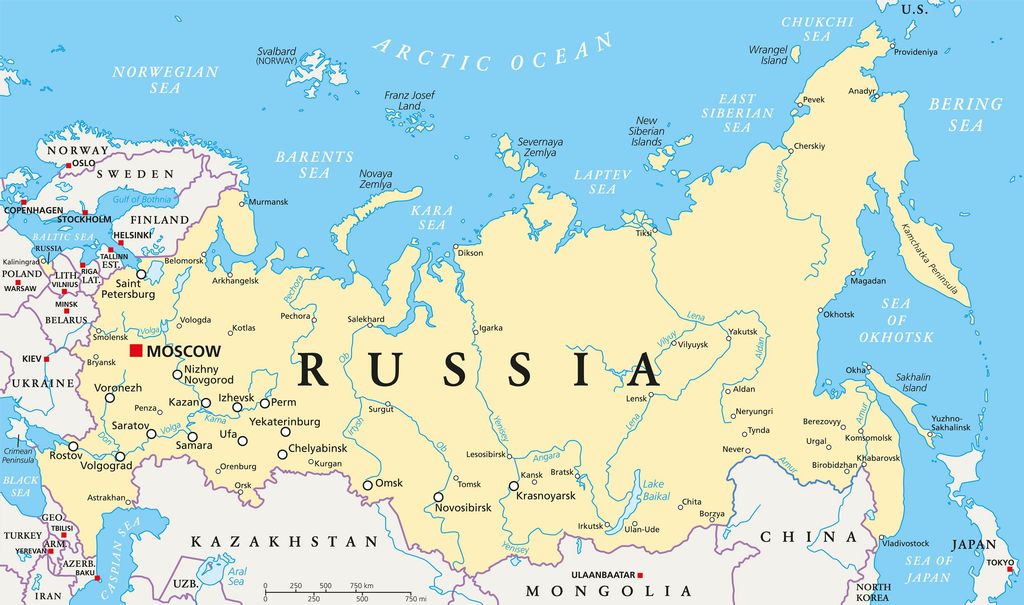
The arduous path toward a peaceful resolution in the protracted conflict between Russia and Ukraine remains fraught with profound disagreements, primarily centered on the fate of occupied territories. Despite ongoing diplomatic efforts, including recent U.S.-brokered negotiations, the warring sides find themselves fundamentally estranged, with little common ground beyond humanitarian issues.
The latest in a series of such encounters took place in Istanbul on Wednesday, July 23, 2025, marking the third round of U.S.-brokered peace negotiations. This brief meeting, lasting approximately 40 minutes, concluded without any breakthrough, underscoring the deep chasm that continues to separate Moscow and Kyiv. Both the head of the Ukrainian delegation, Rustem Umerov, and his Russian counterpart, Vladimir Medinsky, offered similar assessments of the discussions.
“Regarding a cease-fire, we have not made progress yet,” Mr. Umerov candidly informed reporters after the meeting. Mr. Medinsky echoed this sentiment, stating that while the delegations had reviewed peace demands exchanged in their previous June meeting, “The positions are quite apart from each other.” This persistent divergence on core issues has consistently hampered efforts to halt the hostilities that have raged since Russia’s full-scale invasion of Ukraine in 2022.
Despite the overarching deadlock, a glimmer of progress was reported on humanitarian fronts. Both sides agreed to continue resolving urgent humanitarian issues, such as the exchange of prisoners and the return of forcefully removed civilians and children. Mr. Medinsky confirmed that the two sides had consented to exchange another 1,200 prisoners of war each, a figure that would effectively double the total number of soldiers swapped since the talks commenced in May.

Furthermore, Russia committed to handing over an additional 3,000 bodies of killed Ukrainian soldiers, adding to the 7,000 bodies Russia claimed to have delivered since the start of the talks. The discrepancy in numbers, according to Mr. Medinsky, stems from the nature of the fighting, with advancing Russian forces collecting fallen soldiers from both sides. Critically, the Kremlin is also working to facilitate the return of 339 Ukrainian children that Kyiv has formally requested.
Ukraine has consistently raised the issue of thousands of its children reportedly removed from occupied territories, leveraging this concern to garner international support for its cause. While these humanitarian agreements offer a narrow band of common ground, they stand in stark contrast to the intractable disputes over territorial integrity and the fundamental terms of a lasting peace.
At the heart of the ongoing stalemate lies the profoundly different visions each side holds for an end to the conflict. Ukraine insists on a full cease-fire as a precondition for any substantive discussions on durable peace. Conversely, Russia demands an agreement on peace terms before it considers halting its offensive, effectively leveraging its battlefield advantage to dictate the pace of negotiations.
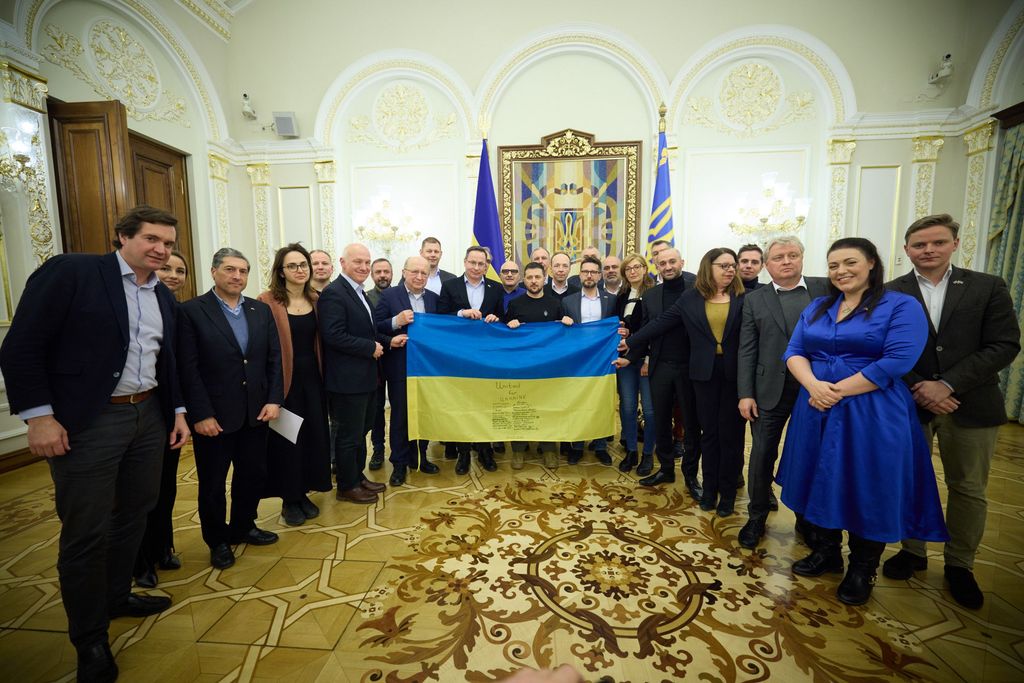
Kyiv’s delegation has consistently pressed for a direct meeting between President Volodymyr Zelensky of Ukraine and his Russian counterpart, Vladimir V. Putin, believing it essential for a swift resolution. Ukraine has also reiterated its readiness for a cease-fire, signaling its desire to end the immense human suffering.
However, Russia’s perceived advantage on the battlefield has convinced President Putin that he can pursue negotiations at a slower pace. The Kremlin has previously rejected a direct meeting between the two leaders, maintaining that significant progress must first be achieved at lower diplomatic levels. Mr. Medinsky reiterated this argument, proposing the establishment of three working groups to address political, humanitarian, and military aspects of the peace process, a proposal Ukrainian representatives reportedly agreed to study.
The most significant and seemingly insurmountable obstacle to peace remains Russia’s unwavering demand for the recognition of its annexations of Ukrainian territory. President Putin has explicitly stated that his forces would not relinquish their battlefield initiative unless Kyiv first agrees to a series of demands.
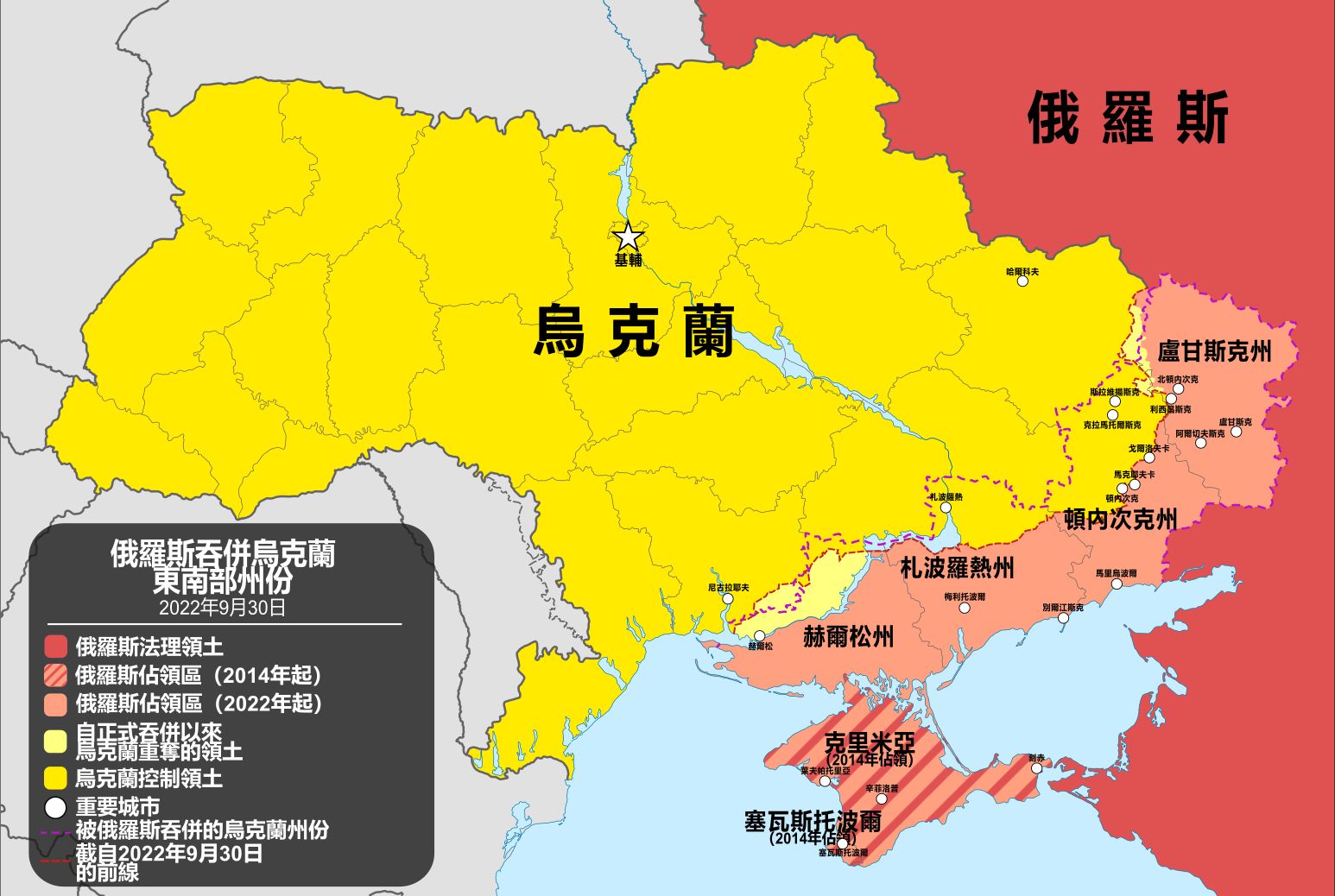
These demands include accepting the Russian annexation of Ukrainian territory and imposing limits on Ukraine’s military capabilities. He also demands that the international community officially recognize Russia’s annexations and lift sanctions against it. However, President Zelensky has been equally firm, declaring that his country would “never curtail its sovereign decisions about its military nor recognize illegal changes to its borders.”
Five Ukrainian territories have emerged as central to these contentious negotiations: Crimea, Zaporizhzhia, Kherson, Donetsk, and Luhansk. U.S. special envoy Steve Witkoff identified these as the focus of any potential “peace deal.” Russia illegally annexed Crimea in 2014, and subsequently declared ownership over Zaporizhzhia, Kherson, Donetsk, and Luhansk in 2022 following its full-scale invasion, moves condemned by the global community.
Russia currently occupies large portions of these territories, though it has not fully captured all the land it claims. According to geolocation estimates from the Institute for the Study of War (ISW), Russia occupies 99% of Luhansk Oblast, 66% of Donetsk Oblast, and 73% each of Zaporizhzhia and Kherson Oblasts. While it holds a small percentage of Kharkiv Oblast, no major settlements there are under Russian control.
Crucially, the Ukrainian-controlled portions of Zaporizhzhia and Kherson still include their major regional capitals, which remain home to hundreds of thousands of civilians. The ISW assesses that Russia is unlikely to capture the remaining parts of these territories “in the near term, if at all,” suggesting a protracted struggle over these regions.
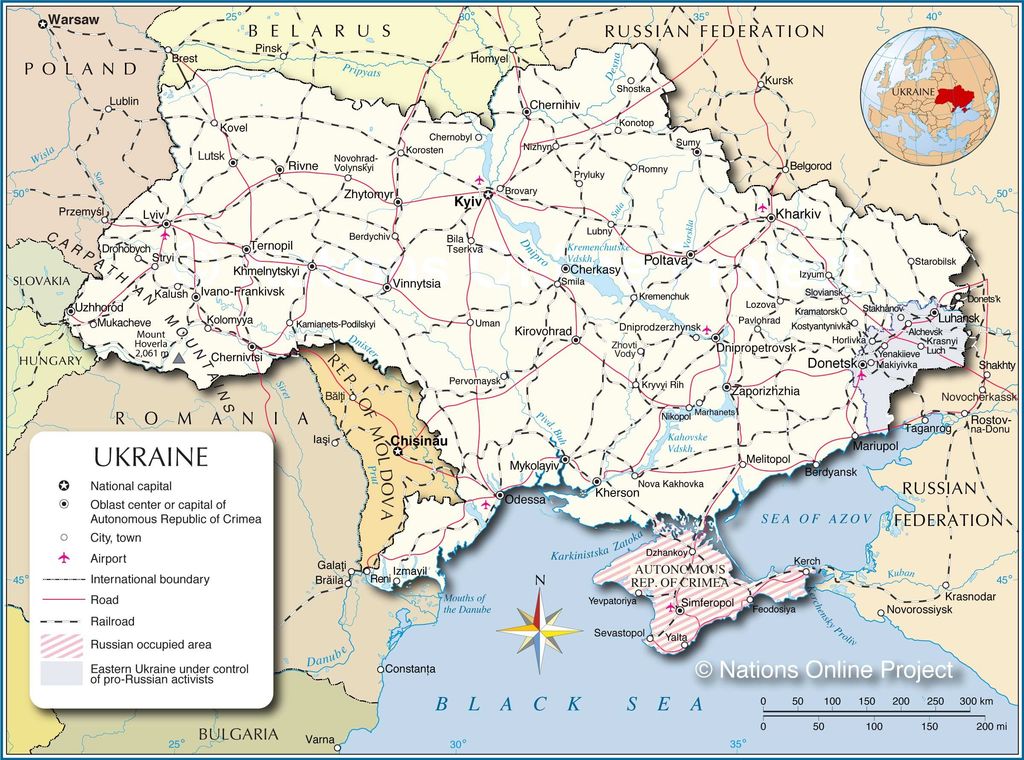
For Ukraine, ceding sovereignty over these lands constitutes a “red line” that Kyiv has repeatedly stated it will not cross in negotiations. While President Zelensky’s position has softened slightly to acknowledge the possibility of temporary occupation, he maintains that Ukraine would never relinquish its legal claims to the land.
This resolute stance is strongly supported by the Ukrainian populace. A poll published by the Razumkov Center in March 2024 revealed that only 8% of Ukrainians would be willing to fully withdraw Ukrainian troops from Donetsk, Luhansk, Kherson, and Zaporizhzhia oblasts to end the war. Even fewer, less than 5%, would be willing to recognize those regions as Russian.
These regions hold immense strategic and economic significance. Historically, the eastern and southern areas that Russia seeks to control have been Ukraine’s industrial heartland, rich in crucial mining resources and engineering facilities vital to global trade before the invasion. Control over these territories would also create a strategically invaluable land bridge connecting Russia’s mainland to Crimea.
Currently, the Kerch Bridge, a 19-kilometer structure built by the Kremlin after its 2014 annexation, serves as the sole access route from Russian territory to Crimea. This vital supply line has been repeatedly targeted and disabled by Ukrainian attacks throughout the war, highlighting its vulnerability. Furthermore, securing these four territories would grant Russia full control over the Sea of Azov, a critical access route to the Black Sea.
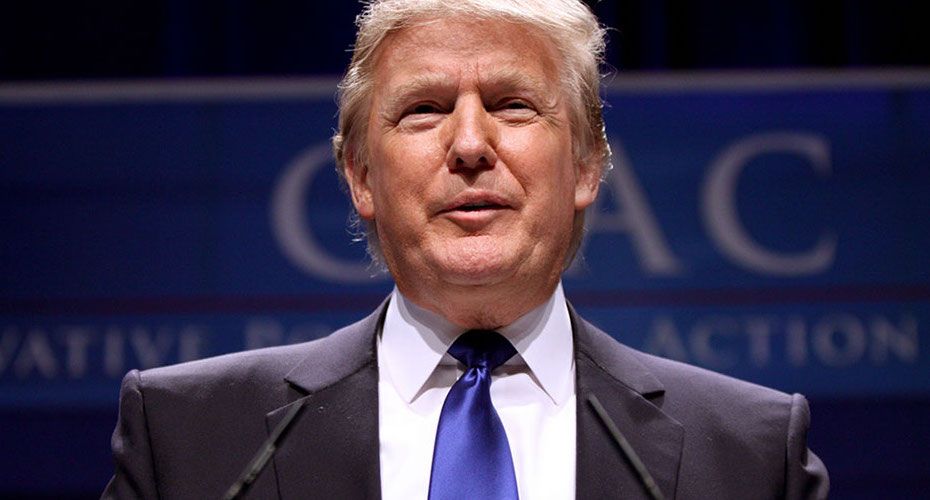
The current diplomatic landscape is also influenced by the involvement of former U.S. President Donald Trump, who made ending the war in Ukraine a central foreign-policy campaign promise. His administration has utilized both threats and incentives to bring the warring parties to the negotiating table, creating a dynamic where neither side wants to publicly abandon the peace process for fear of antagonizing him.
Ukraine seeks to preserve crucial U.S. military support and economic sanctions against Russia, while the Kremlin aims to minimize new U.S. sanctions and prevent the delivery of more advanced weaponry to Ukraine. However, U.S. special envoy Steve Witkoff’s recent comments have caused concern.
Following a meeting with President Putin, Mr. Witkoff reportedly suggested to Mr. Trump that granting Russia ownership over the disputed territories would be the quickest route to a ceasefire deal. Mr. Witkoff has also repeated Russian narratives regarding “sham referenda” held in the occupied regions, claiming that local Ukrainians voted to join Russia.
These remarks drew widespread condemnation in Ukraine and internationally for failing to acknowledge that the referenda were conducted under duress, with pervasive intimidation from occupying forces. While Mr. Witkoff has taken a leading role in negotiations, his views are not uniformly shared within the U.S. administration. U.S. Secretary of State Marco Rubio and U.S. Special Envoy for Ukraine Keith Kellogg are reportedly urging President Trump to resist territorial concessions to Moscow.
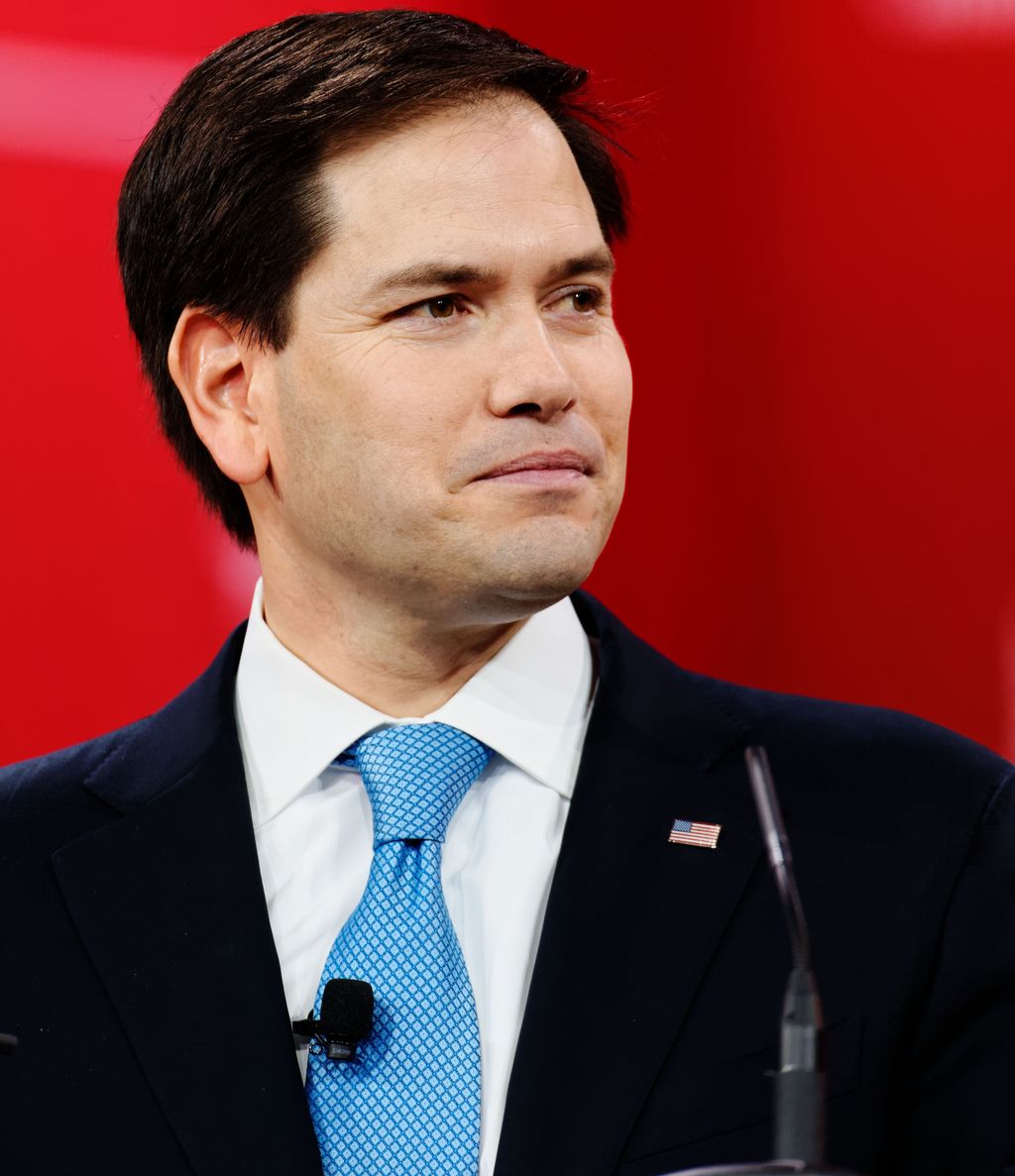
On April 18, Mr. Rubio indicated that the U.S. might cease its efforts to broker a peace deal if there are no signs of progress in the coming days, highlighting the growing frustration with the lack of movement. The history of peace negotiations since the 2022 invasion further illustrates the depth of the chasm.
Early rounds of talks in Belarus and Turkey in February and March 2022, though frequent, consistently failed to yield substantial results on a ceasefire or withdrawal of troops. A critical juncture occurred in March 2022 in Istanbul, where Ukraine proposed adopting a neutral status in exchange for security guarantees similar to NATO’s Article 5. The proposals also included a 15-year consultation period on the status of Russian-annexed Crimea and a return of Russian forces to their pre-invasion positions.
Russia’s Ministry of Defense announced a “drastic reduction of military activity” on the Kyiv and Chernihiv fronts at the time, which Vladimir Medinsky clarified was not a ceasefire. President Putin later claimed in June 2023 that Russia and Ukraine had reached “a good agreement on how to resolve the current situation by peaceful means” in March 2022, which he alleged the Ukrainians “threw it away” after Russian forces withdrew from Kyiv.

He even presented what he claimed was a draft agreement, asserting it was signed by the head of the Ukrainian delegation. However, Davyd Arakhamia, who was then the Ukrainian lead negotiator, refuted this in November 2023. He stated that the Ukrainian delegation lacked the legal authority to sign any such document without a meeting between President Zelenskyy and President Putin.
Arakhamia confirmed that the Russian delegation had promised peace if Ukraine rejected NATO membership, but noted that Russia offered no credible security guarantees, leading to a lack of trust. He characterized other Russian demands as “cosmetic and political ‘seasoning’ about denazification, the Russian-speaking population and blah blah blah.” This illustrates Ukraine’s perception of Russia’s true intent behind its stated demands.
The discovery of widespread atrocities in Bucha in early April 2022 proved to be a pivotal moment, effectively halting negotiations. British Prime Minister Boris Johnson, visiting Kyiv shortly after, stated, “Putin is a war criminal, he should be pressured, not negotiated with.” Three days later, President Putin publicly declared that talks with Ukraine “had turned into a dead end.”
Indeed, a report in Foreign Affairs indicated that in April 2022, negotiators had tentatively agreed on an outline: Russia would withdraw to its pre-February 23 positions (controlling part of Donbas and all of Crimea), and Ukraine would promise not to seek NATO membership in exchange for security guarantees. However, this potential agreement collapsed.
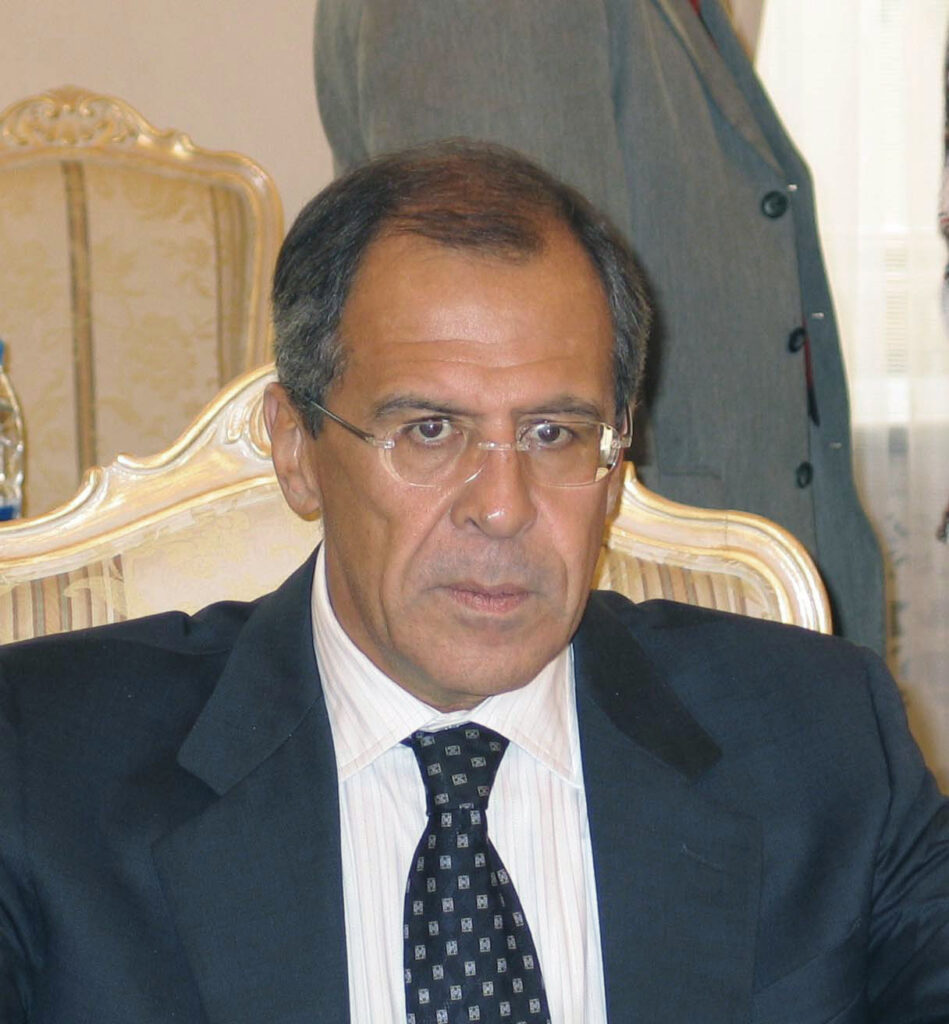
Russian Foreign Minister Sergey Lavrov later stated in the summer of 2022 that the provisional agreement was no longer an option, adding that even the Donbas would not be sufficient and that “the geography had changed.” This signified Russia’s expanded territorial ambitions beyond its initial claims.
President Putin’s unwavering demands for territorial concessions have solidified into a maximalist position. In June 2024, he explicitly outlined Russia’s terms for peace, insisting that Russia must retain all currently occupied land and be granted all the provinces it claims but does not fully control. This clearly indicates a demand for permanent annexation, not merely a freezing of current battle lines.
His rhetoric has consistently undermined any prospect of a genuine political compromise. In June 2025, Putin declared that Russians and Ukrainians are “one people” and, consequently, “all of Ukraine is ours,” a statement that fundamentally negates Ukraine’s sovereignty and independent existence. This maximalist objective, perceived by the Institute for the Study of War as tantamount to “full Ukrainian and Western surrender,” leaves virtually no room for negotiation.
Ukraine, for its part, remains steadfast in its 10-point peace plan proposed in November 2022, which includes a full ceasefire, withdrawal of Russian forces, restoration of Ukraine’s pre-2014 borders, and prosecution of Russian war crimes. President Zelenskyy has repeatedly stated that Ukraine is not prepared to negotiate with Russian representatives unless Russia first withdraws its troops.

The current impasse is a direct consequence of Russia’s refusal to relinquish its territorial gains and its insistence on fundamentally altering Ukraine’s sovereign status. The conflicting demands regarding land and sovereignty represent an unbridgeable chasm, preventing any meaningful progress toward a lasting peace.
As long as Russia demands the recognition of its illegal annexations and Ukraine firmly refuses to cede its inherent territory, the prospects for a comprehensive peace agreement remain remote. The humanitarian exchanges, while vital, only underscore the tragic reality that a political solution remains elusive, consigning the region to continued conflict and uncertainty for the foreseeable future.
The intricate web of historical grievances, geopolitical ambitions, and unyielding demands on both sides suggests that the path to peace is not merely stalled but fundamentally obstructed. The world watches as a diplomatic deadlock persists, driven by Russia’s unwavering territorial ambitions and Ukraine’s resolute defense of its sovereignty, leaving little hope for an immediate end to the devastating conflict.



